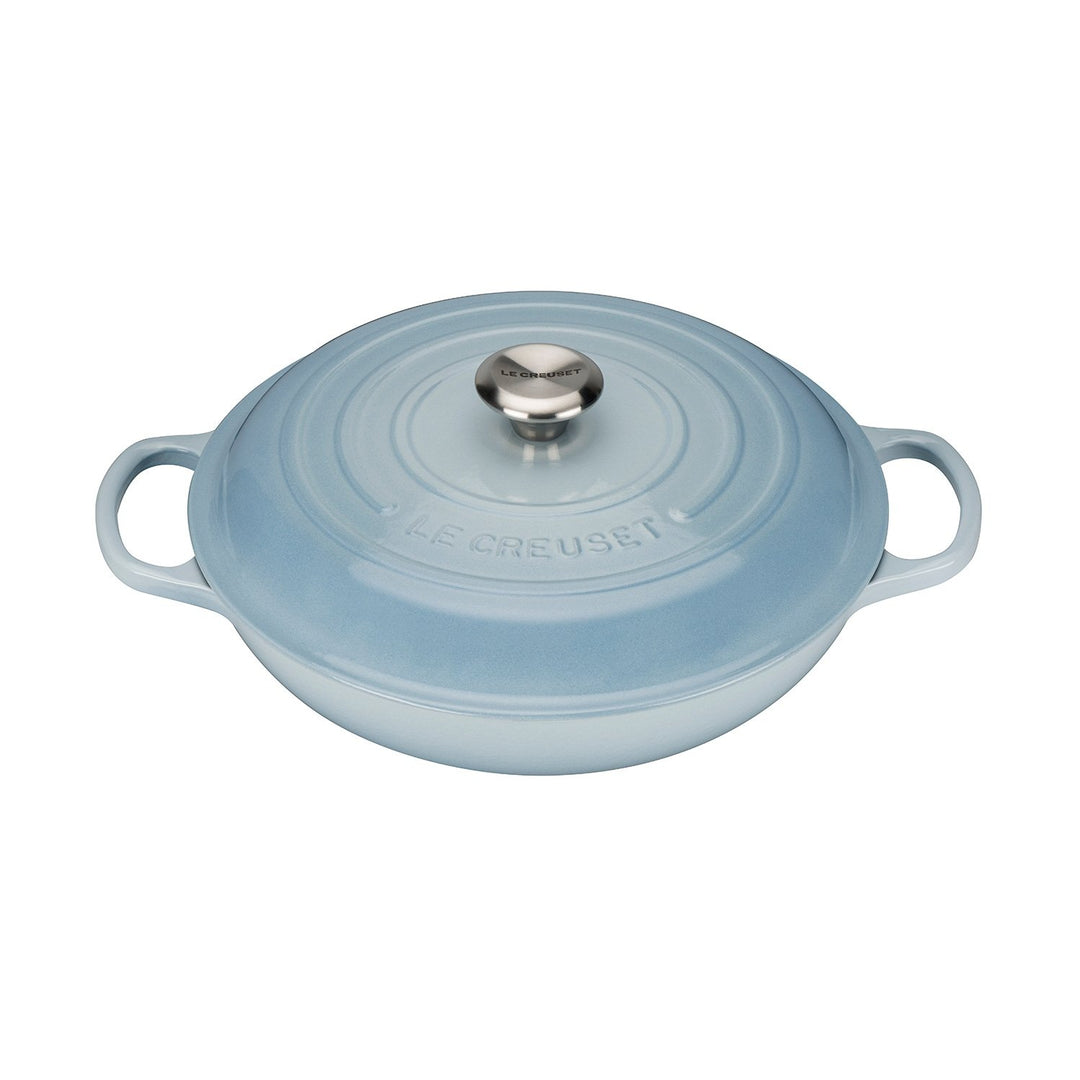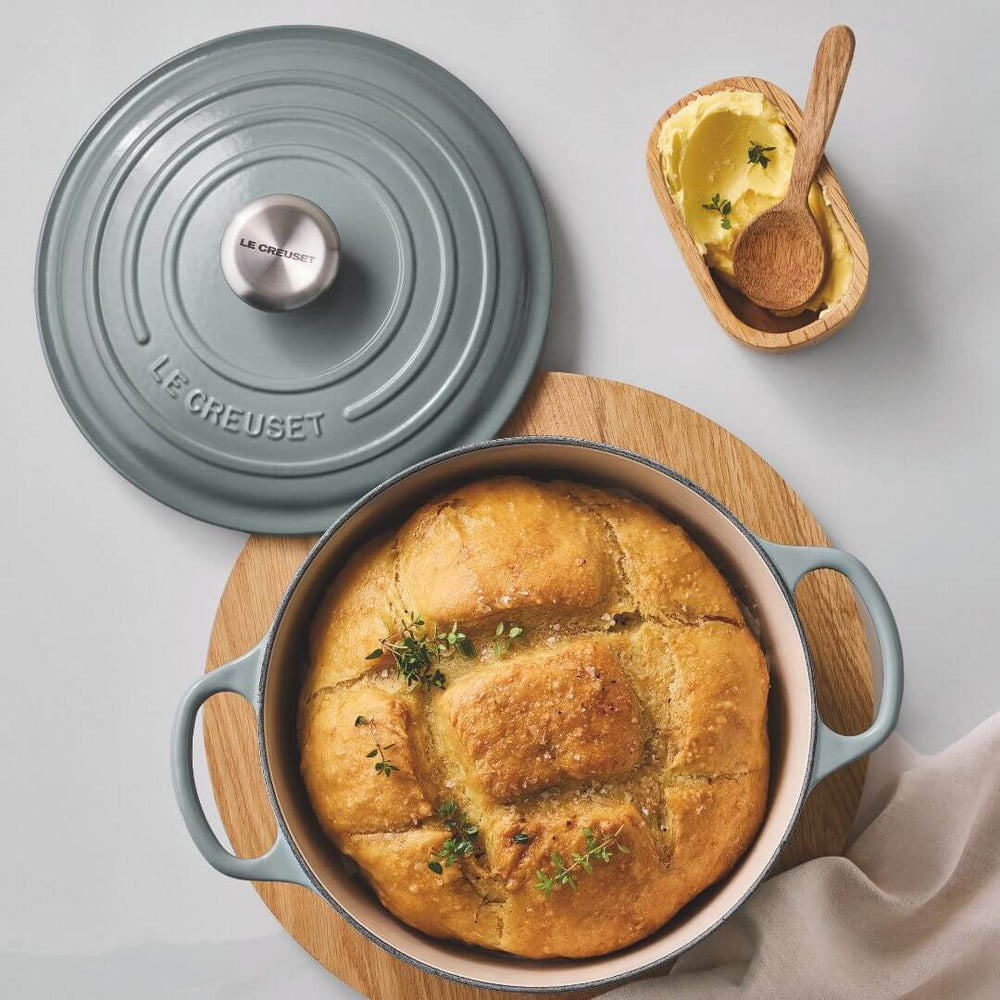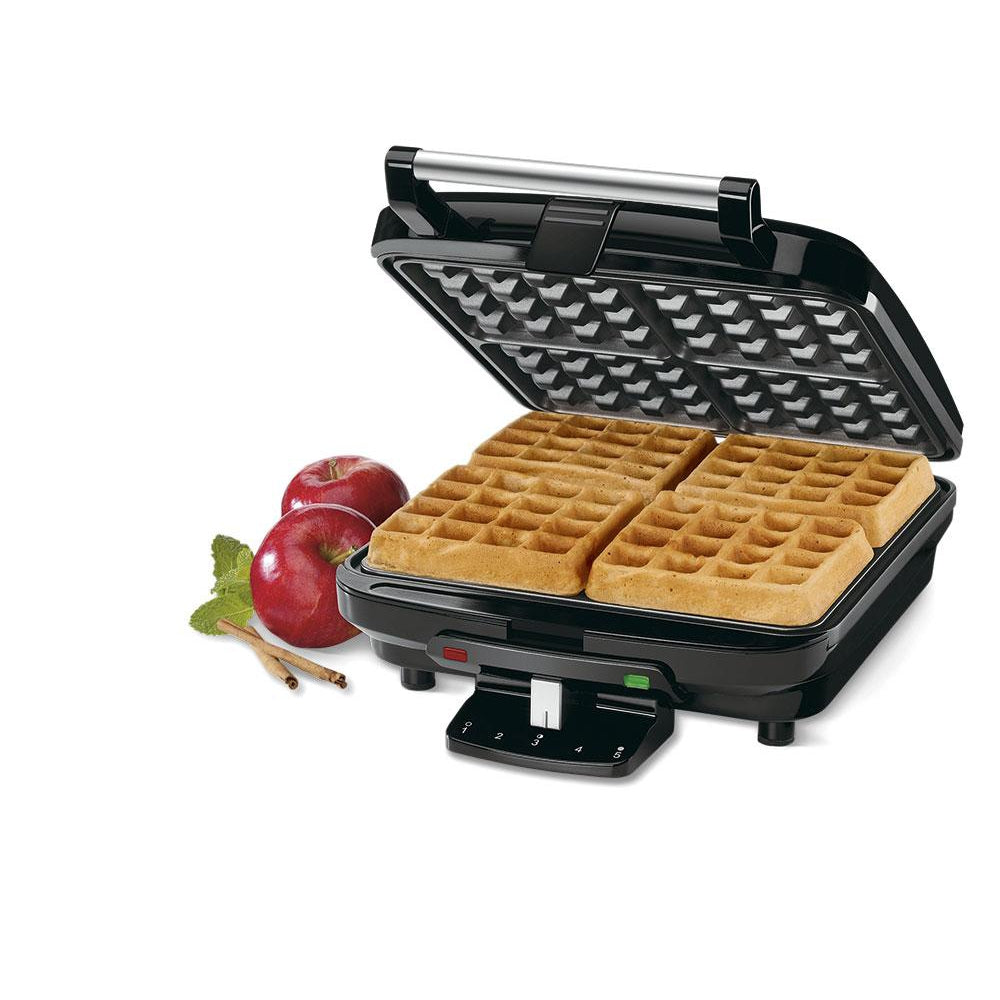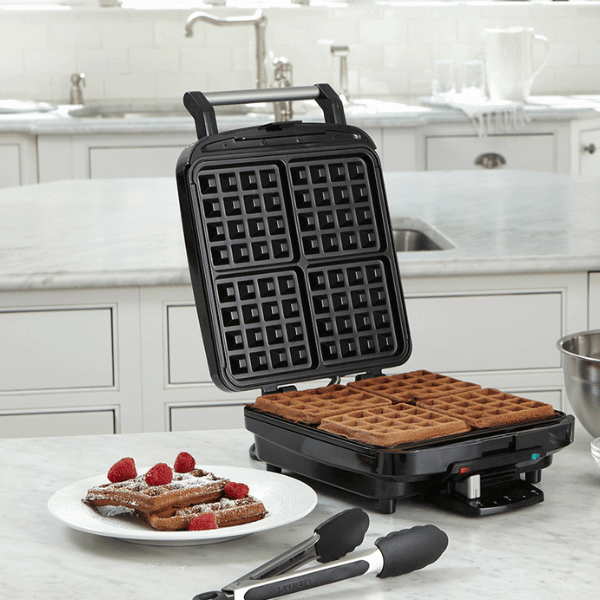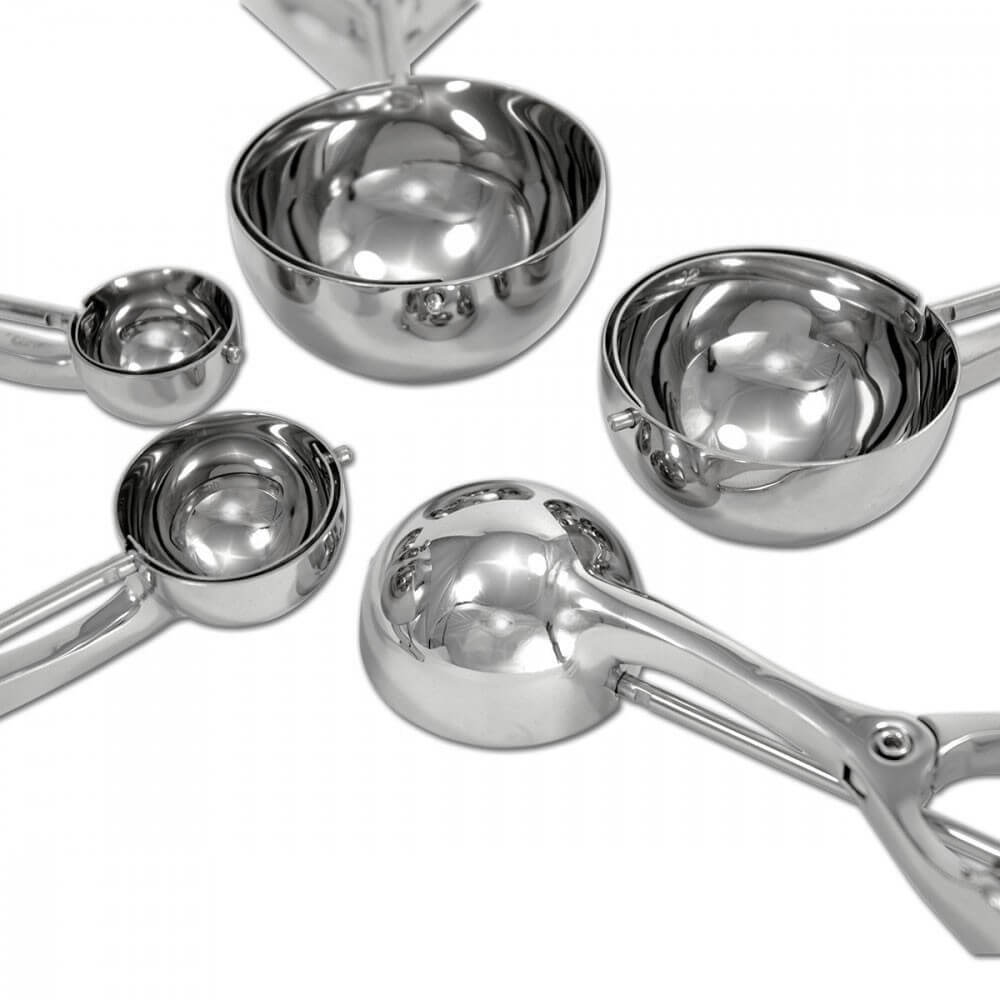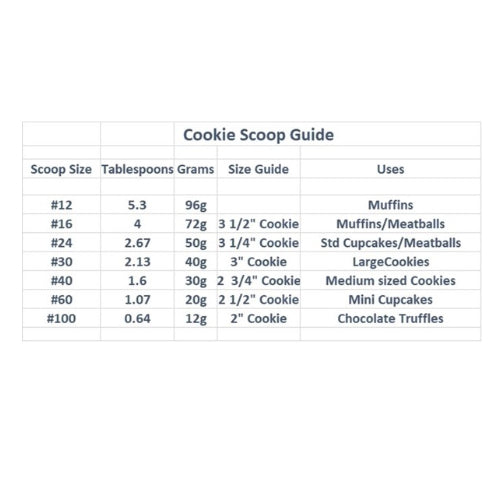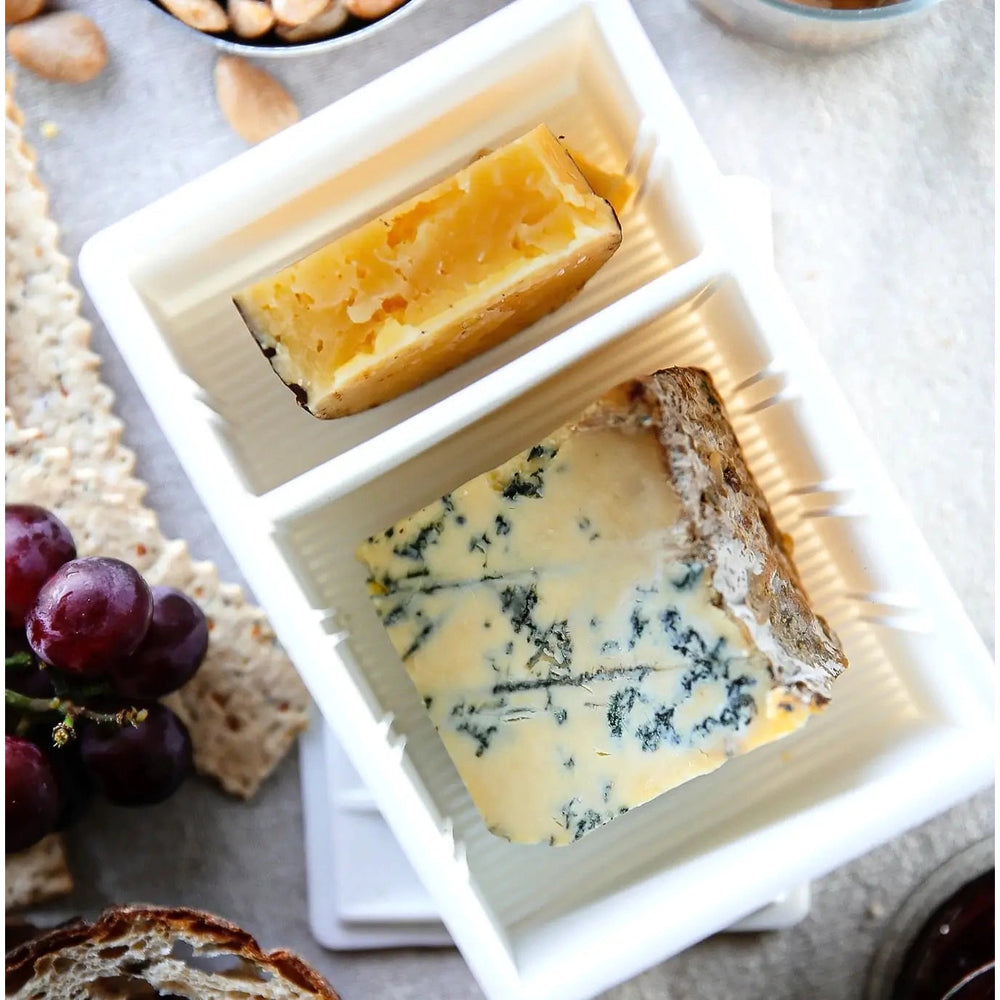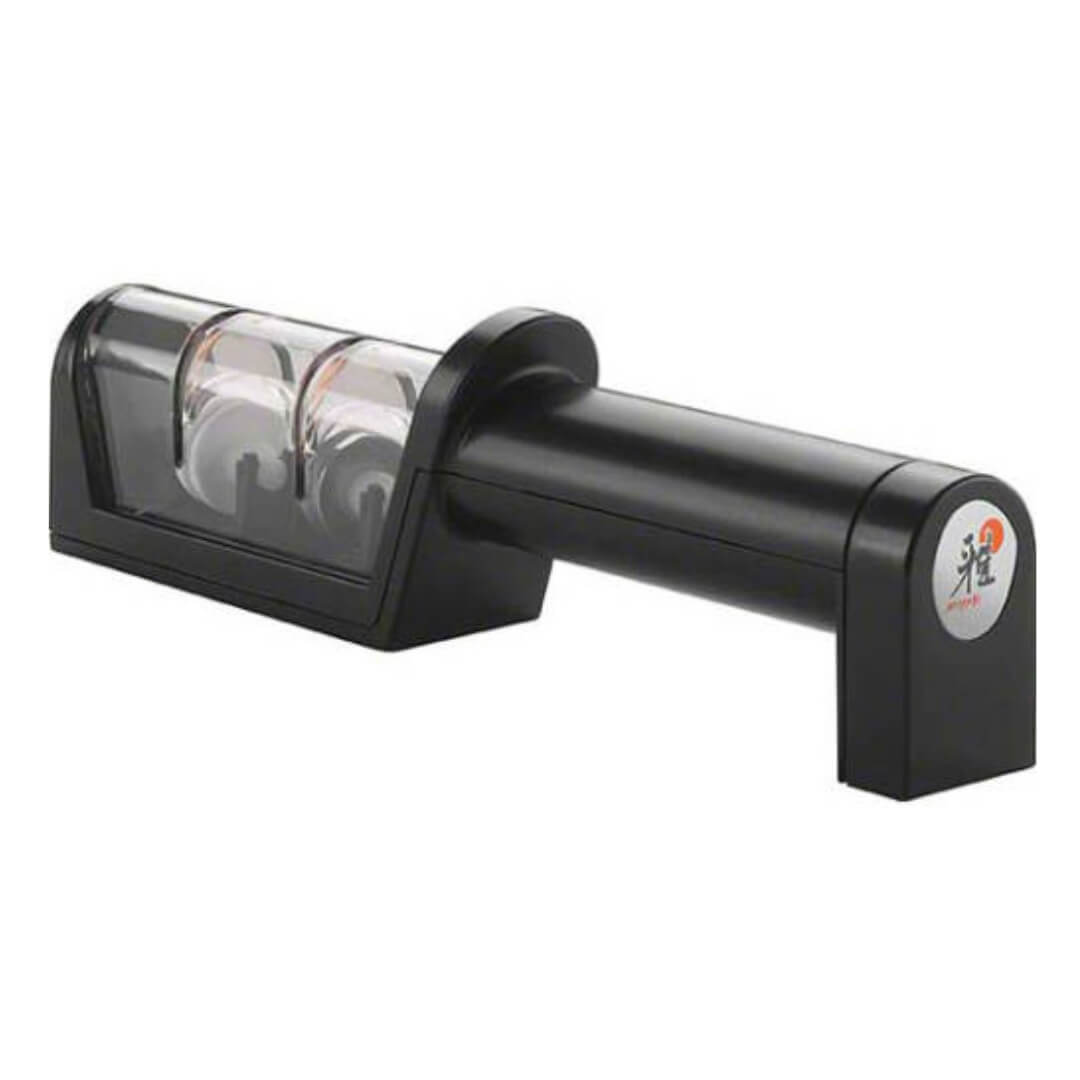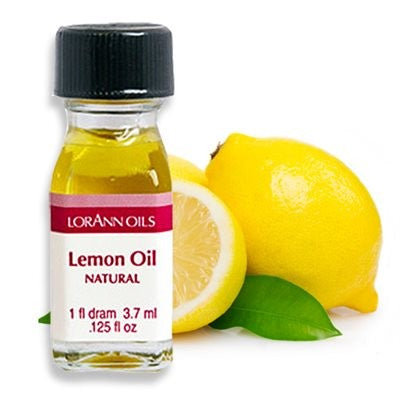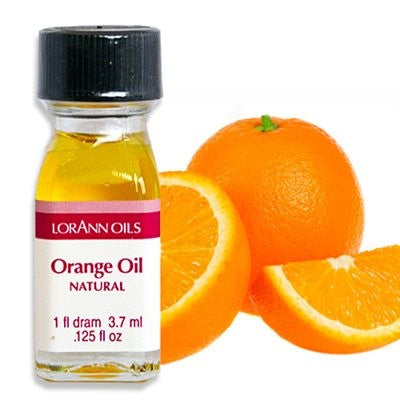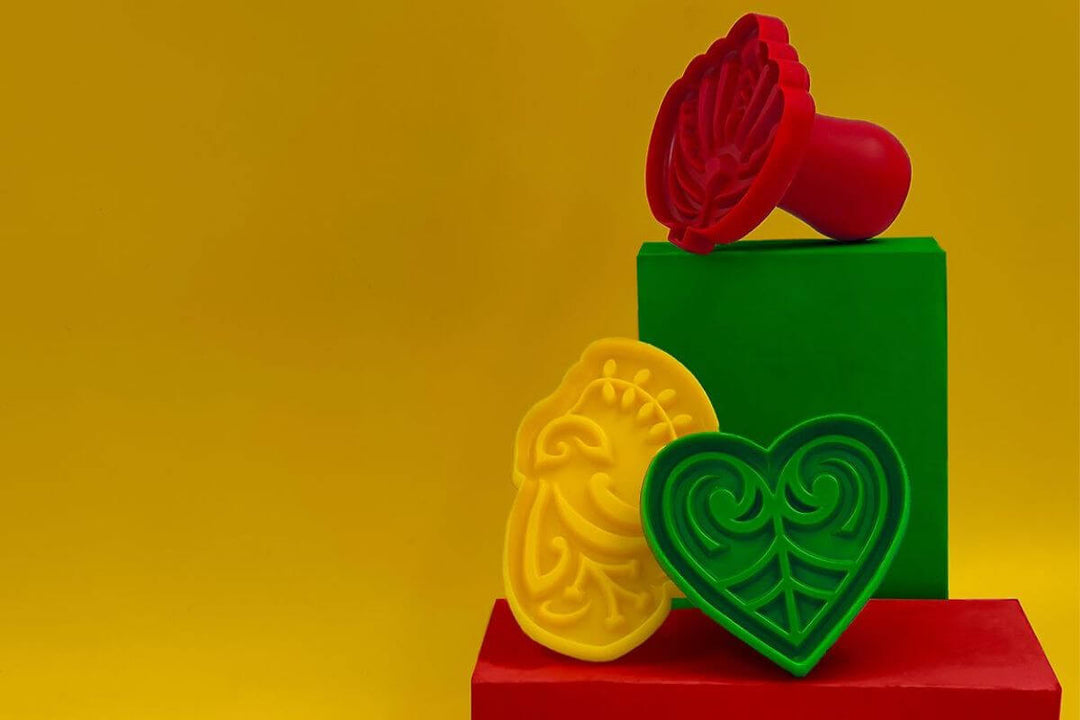What is a Smoke Point?
It seems like such a small thing – a couple of tablespoons of oil into the base of your pan. What could go wrong? But those two spoonsful can really alter things! Firstly, of course, the finished flavour of your dish – sesame oil in your risotto anyone? Secondly, choosing the incorrect oil for the heat you’re intending can seriously shorten the life of your pan. It’s all about smoke (or flash) point.
Every type of oil has its own unique make up which makes each react differently when heat is applied. Oils made up of olives (particularly whether they are extra-virgin or regular), sunflower seeds, peanuts and sesame seeds, avocados, grape seeds etc cannot be used interchangeably especially if we want to cook with them. Generally, the more an oil has been refined, the more heat it will take without breaking down so those such as EVOO which are essentially unrefined, are not ideal for high heat cooking.
The term “smoking point” refers to the temperature at which an oil literally begins to smoke. Taking an oil past its smoking point can have several effects. Probably the first you’ll notice is that food will burn easily, onions and garlic will scorch and blacken before they can caramelise, meats will surface char before they’re cooked inside (crumbed things too). You’ll probably also notice that the oil will taste terrible (bitter and acrid) and that anything cooked in it will taste the same. And, as if that’s not enough, it’s within the realm of possibility that an oil can ignite if it remains above its smoke point long enough.
So how do you tell if your oil is at the right temperature – hot enough to cook and brown but not so hot that it’s reached smoking point? Simple – watch the surface of your oil carefully. When it’s reached the right temperature for frying the surface will be glossy and shimmery and when you tilt the pan it will run freely. Beware though, for some oils this stage is only seconds away from smoking point (and then seconds again from ruined). If you do see whisps of smoke coming from your oil please don’t be tempted to use it. Better to sacrifice your oil than your whole recipe. Simply turn off the heat. Tip out the oil (with caring for the environment in mind), let the pan cool, wipe it out thoroughly to remove the oily residue and start again.
Another point that we speak about frequently is store is smoking point and how it can affect the life of, particularly, your non-stick pans. If you’re fans of Milly’s, you should by now be aware that we strongly recommend that you avoid overheating your non-stick surfaces. Overheating will seriously affect the life of your pan. Often we have customers who have been put off non-stick pans as they tell us they only last them a year – invariably that is because they are heating these pans too hot for too long and with nothing in them. And other customers tell us that they have a sticky residue on their pans which makes them no longer non-stick. The answer to our question ‘do you use extra virgin olive oil, on a high heat?’ is almost always yes. We strongly recommend that you don’t use olive oil, particularly EVOO for cooking as the smoking point is so low that it will break down (and smoke) under even moderate temperatures leaving your pan coated in this sticky residue.

Above you'll find a cheat sheet we’ve shamelessly stolen from David Leite over at Leite’s Culinaria. It spells out exactly what oil we should be using where and we think it’s pretty helpful. Please do be aware though that this is just a guide. You should always take great care when heating oils and always err on the side of caution.


